Lies You Were Taught While Learning to Drive
We like to cover a lot of recent automotive engineering and tech developments here on ShopTalk so when we say that technology moves fast, that is pretty much the biggest understatement we could make– especially in the car world. Unless you just got your license, the chances are that so much has changed, somewhat permanently since you first learned how to drive. For better or worse, all the knowledge about cars and driving passed down from your elders to you and so forth might be more outdated than you were led to believe. That is not to say that everything you learned in Driver’s Ed is wrong but we’ve gathered together some myths and misfires not worth believing in anymore.
“Always keep your hands at 10 and two”
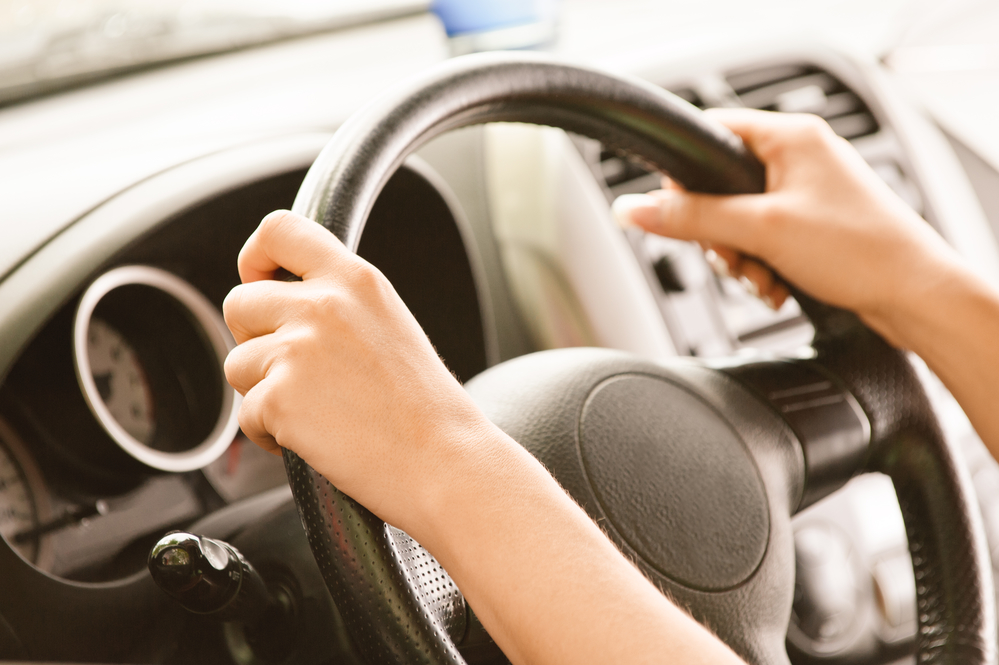
This isn’t merely a hot take we made up to elicit gasps or start controversy online, that advice that you are supposed to keep your hands and 10 and two on your steering wheel dates back to the era when a) airbags did not come standard and b) there was no such thing as power steering. So really, that word of advice only pertains to you if you’re in a car from the 1950s with a large steering wheel bigger than your tires or the wheel of an ocean liner. Positioning your hands on the wheel of a modern car puts you at risk for an injury known as degloving (when skin is torn) caused by your airbag. Believe it or not but positioning your hands nine and three is actually much safer, a small difference goes a long way/
“Pump the brakes”

Once upon a time there was no such thing as antilock brakes. And even now when there are, they still cause a lot of confusion among drivers. So let us set the record straight: when you need to stop in the fastest and safest manner possible, especially in cases of snow, ice or hydroplaning, DO NOT PUMP YOUR BRAKES. That weird feeling you get when you brake extremely hard and you feel the pedal vibrate against your foot? That is the antilock brake system AUTOMATICALLY pumping the brakes *FOR* you and in a matter that is faster and far more efficient than any human driver can. Pumping the brakes of a car with an anti-lock brake system actually prevents the system from activating, thus putting you in more danger.
“Wait a while for the engine to warm up”
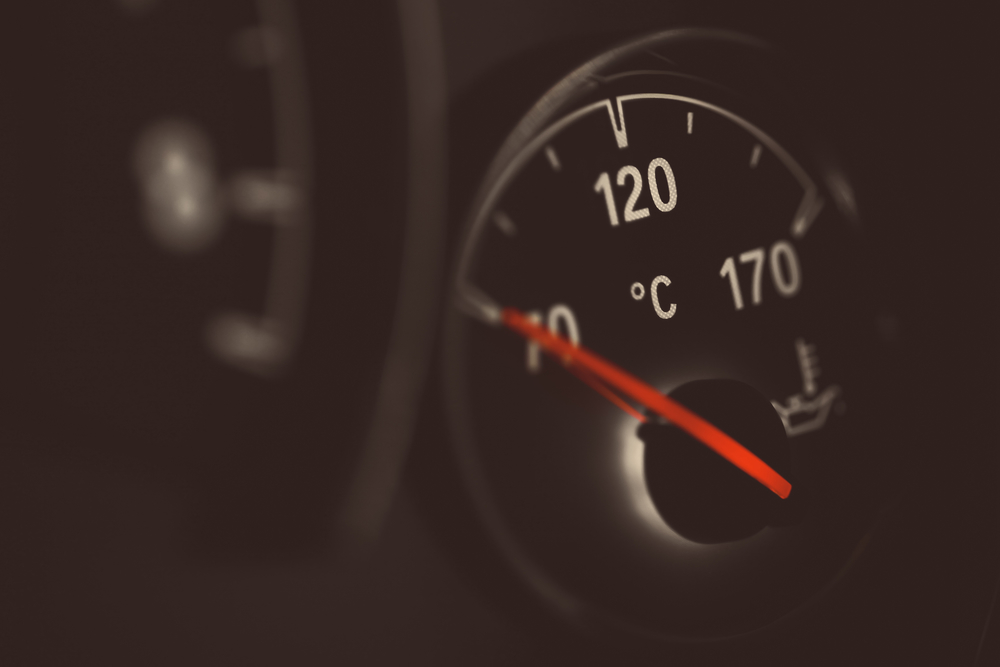
Your vehicle’s engine will typically get warm enough to drive in about 30 seconds (essentially the moment the idle drops down to normal). Of course you absolutely should not just take off immediately since you cars fluids may still be too cold to circulate through your vehicle. Think of this advice as a way to control collusion, with vehicles known to emit less greenhouse gasses when both the engine and exhaust components are hot.
“Push down on the accelerator while starting your car”
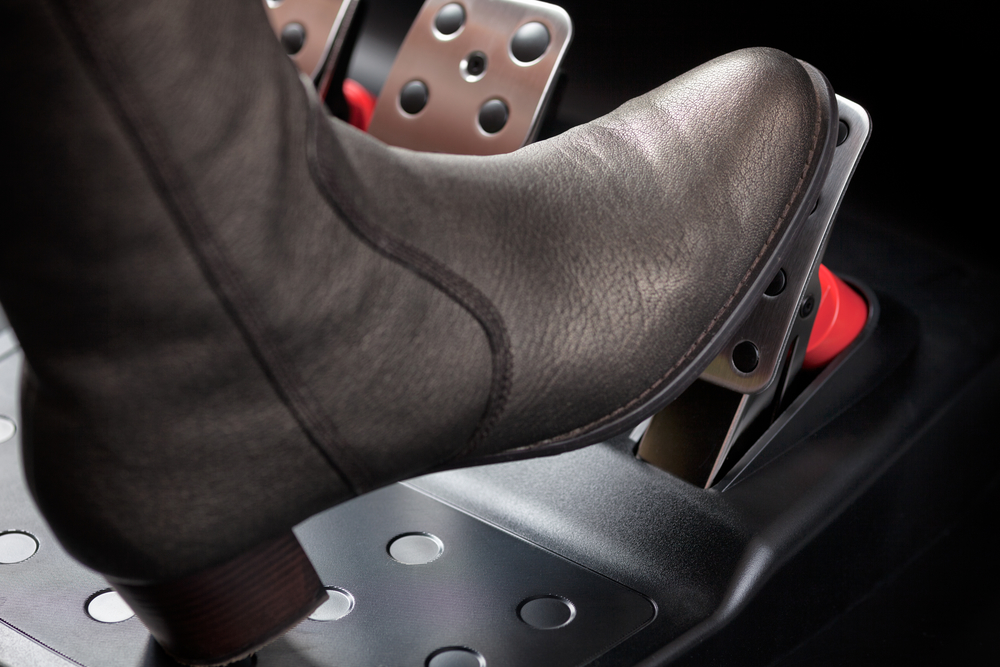
Cars do not have carburetors anymore. This was a component linked to your accelerator that helped to control the amount of air and fuel that entered the engine. During the time when that was the norm, of you had issues starting your car you would push your foot down would get a little more fuel into the combustion chamber and the spark plug did its trick and ignited the mixture, thus starting the engine. That is simply not the case anymore for vehicles. Ignition switches are designed to initiates an entire sequence of events, from squirting the right amount of fuel, to spinning the starter for the right length of time, to adding the right amount of spark.
“Shift in a straight line to select your gears”
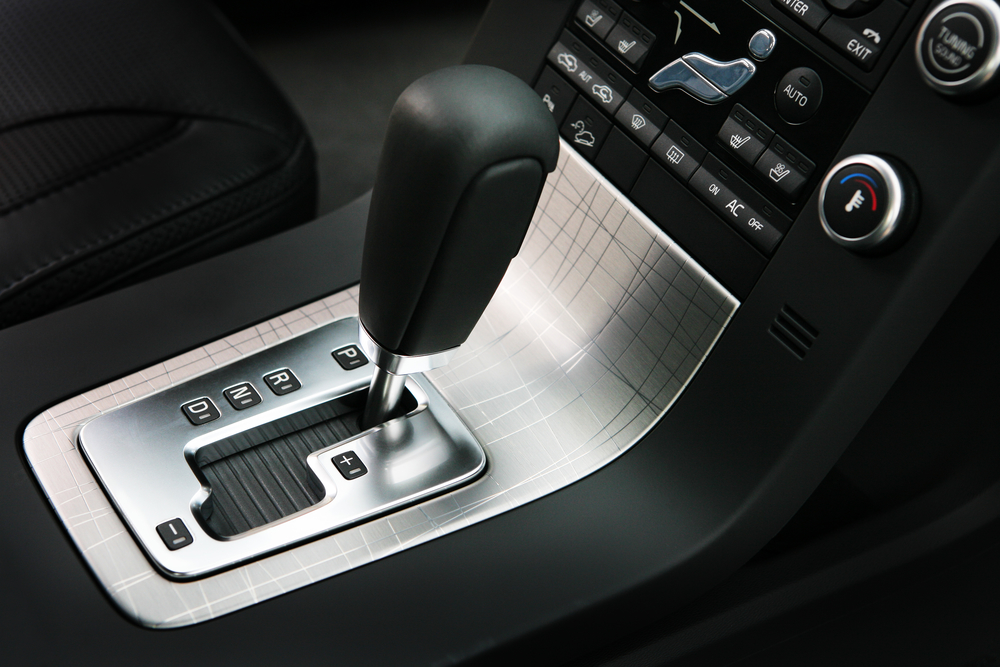
Most vehicles have a uniform PRNDL — the Park/Reverse/Neutral/Drive/Low format for automatic transmission‘s gear selectors. However these days automakers are slowly but surely moving away from the PRNDL because in an transmission is controlled by computers.
“All-wheel drive is best for stopping on snow and ice”
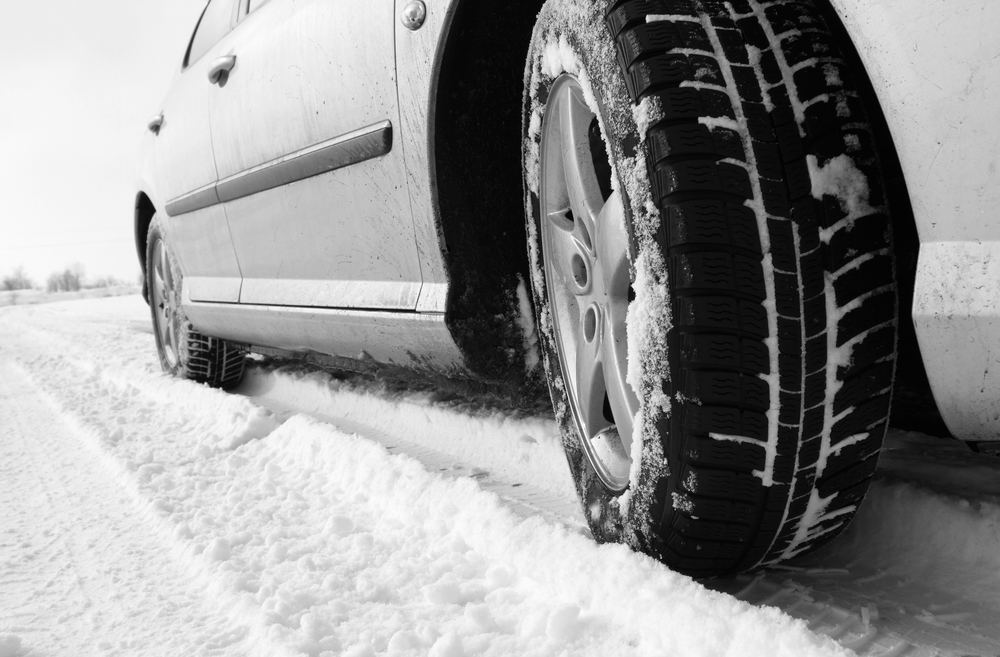
It is simply not always true that all-wheel-drive vehicles will stop faster than their front- or rear-wheel-drive counterparts on snow or ice. While there is an advantage when it comes to accelerating it has nothing to do with the inherent loss of friction. Winter tires are still a necessity
“You can drive faster if you soup up your car”
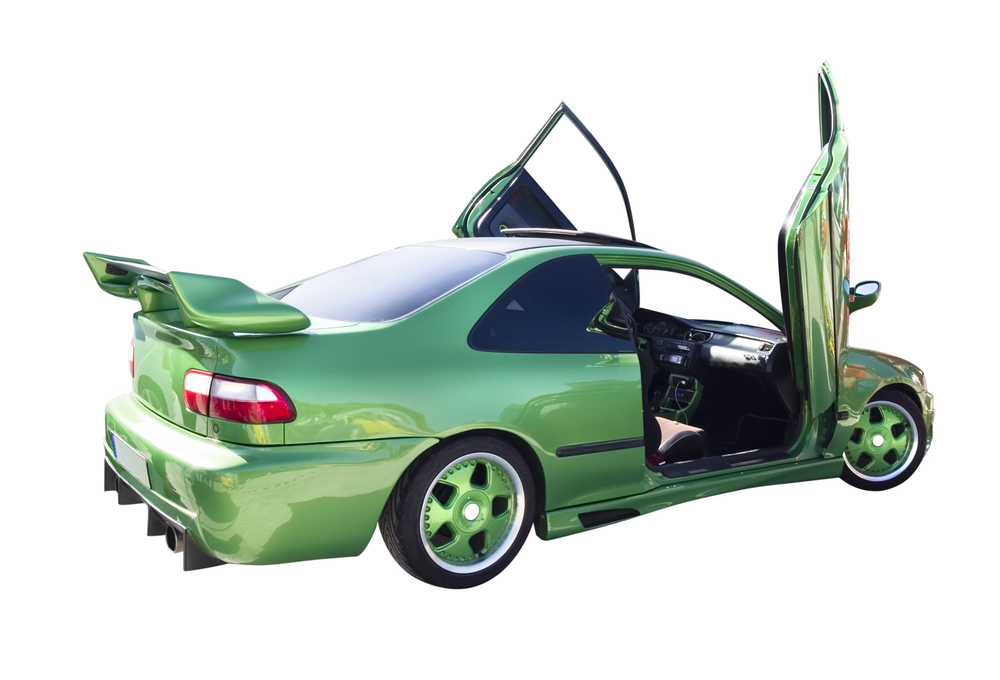
We love the Fast & Furious movies but the truth is that throwing money at your car can only make it more powerful or able to handle better if you know exactly what you are doing and you have a rather hefty automotive engineering vocabulary.
Brake when you cross railroad tracks and speed bumps
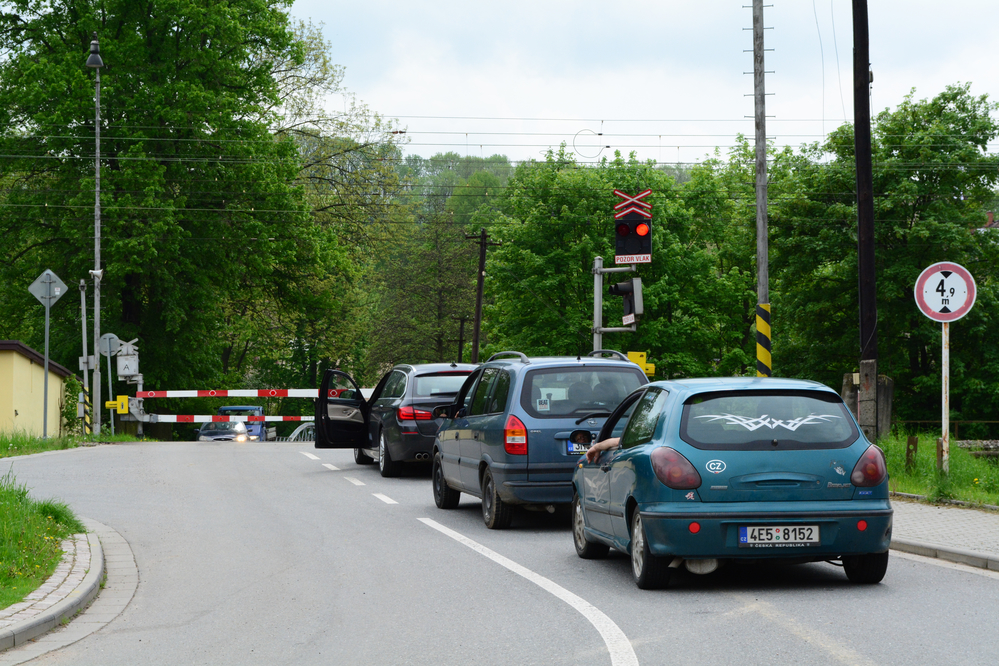
If you go too fast over a over a railroad track or speed bump, you will mess up the upset the balance of your car and potentially crash onto the road below. Worse yet, damage your chassis and suspension. Slowing down beforehand is a good idea but if you do that DURING the bump you’re making matters worse. Brake first as you approach AND THE , then ease off the pedal before you cross. Your ride will be smooth and easier to control.
While these “lies” may have been just a collection of small fibs and outdated safety information that has been passed on from generation to generation, there is no denying that they can be somewhat useful. While it shouldn’t be followed to the T like Federal and State road regulations, it might be wise to take the majority of these tips as cautious warnings rather than rules of the road. Regardless of where you learned to drive, who taught you, or what you learned exactly, be sure to be safe and consider others on the road above all else. Happy Driving, everyone!
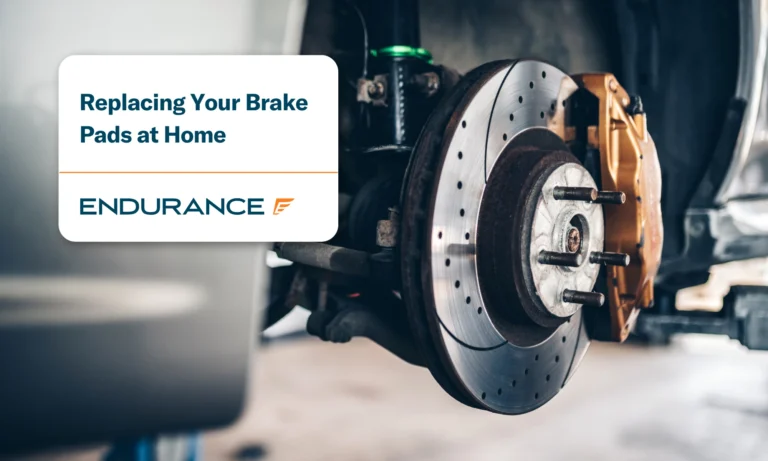
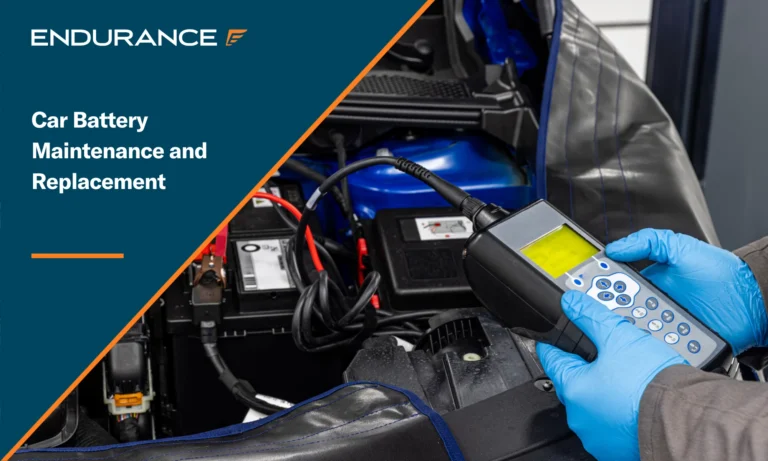
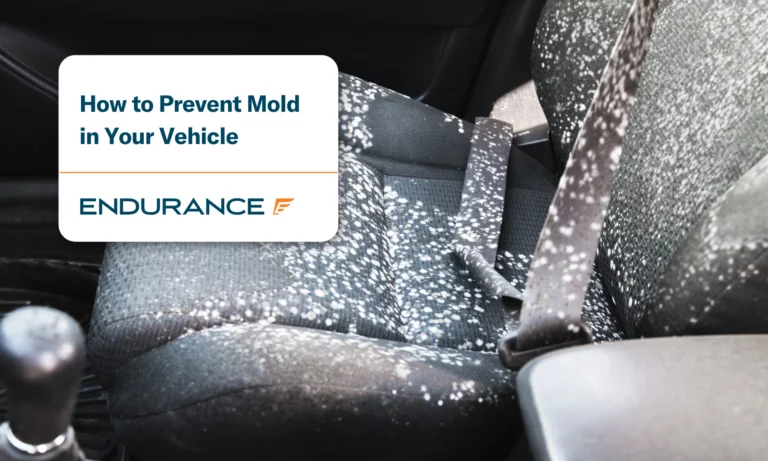










Alex has worked in the automotive service industry for over 20 years. After graduating from one of the country’s top technical schools, he worked as a technician achieving a Master Technician certification. He also has experience as a service advisor and service manager. Read more about Alex.